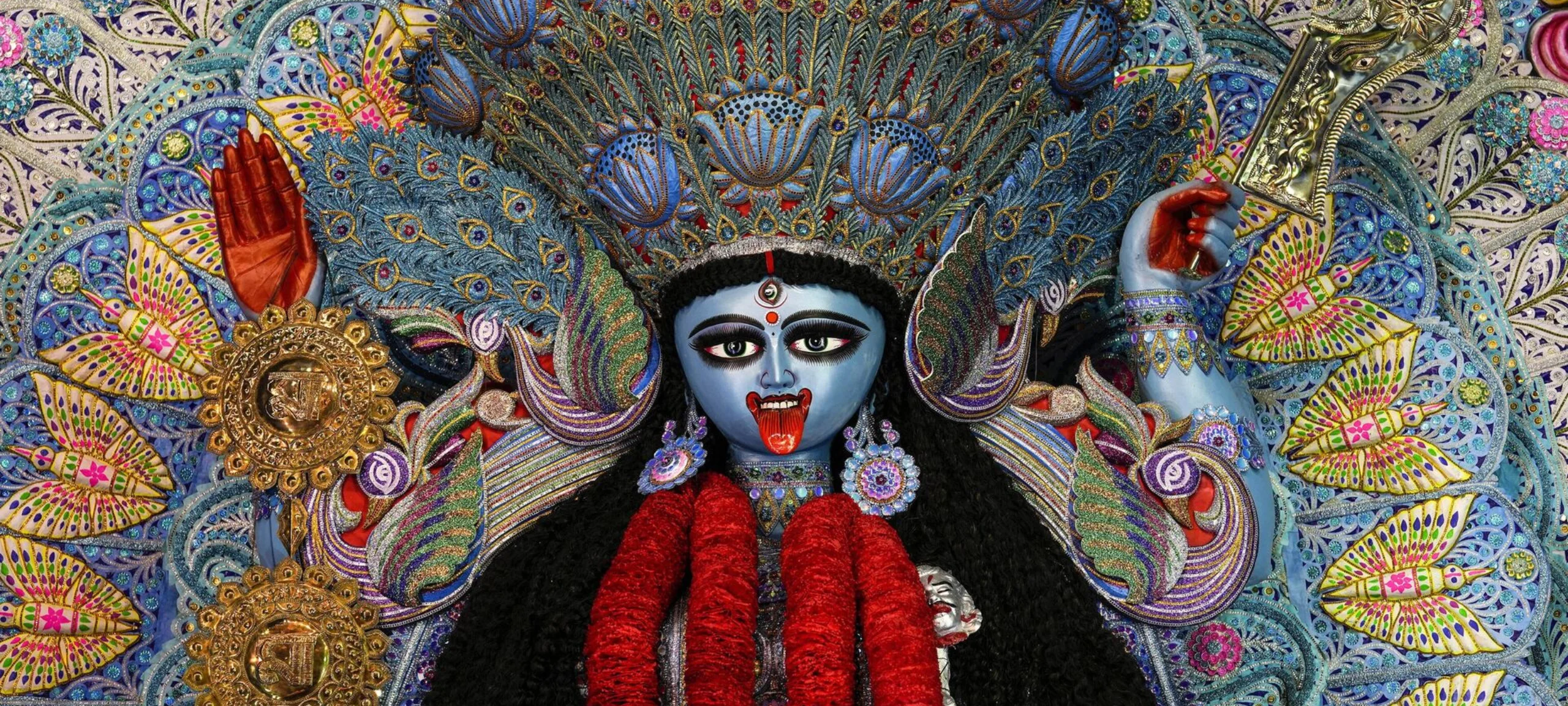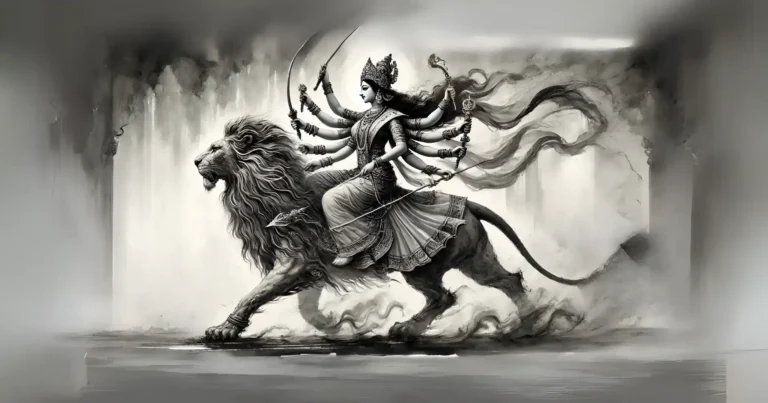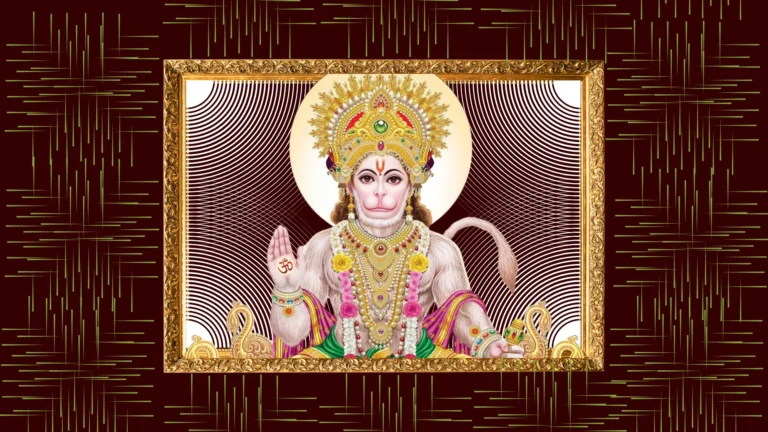Please Like the Blog and Share it for Maximum Reach
Table of Contents
Brief Introduction to Dasa Mahavidyas
The Dasha Mahavidya portrays ten facets or moods that the divine mother shares with her children. She becomes a ruthless punisher as Maha Kali, a caring protectress as Bagalamukhi, an enchantress as Tripurasundari, an effective controller as Bhuvaneshwari, an able king-maker as Siddhi Dhatri, an epitome of sacrifice as Tripura Bhairavi, a sincere friend as Tara and a teacher as Matangi.
In this blog, we will discuss the 10 Greatest Mahavidyas you should know. Then you shall understand the vastness of Sanatana Dharma.
Maha Kali
Mother Maha Kali symbolizes Time. Time Personified, she always reminds beings of their ultimate reality, death as she appears with a necklace of skulls.
Kal in Sanskrit means time.
She represents the feminine version of Mahakaal thereby symbolizing the destructive force, the end of the universe, and therefore adepts adopt the Tantric mode of Worship to invoke the blessings of Maha Kali.
Tantra, Sexuality, Fertility, Power, and Feminine Energy describe her persona in brief; however, the living figure of Kali has motherly affection.
Tantriks to please mother Kali do Tantric Mode of Worship in Smashana (Crematory Grounds).
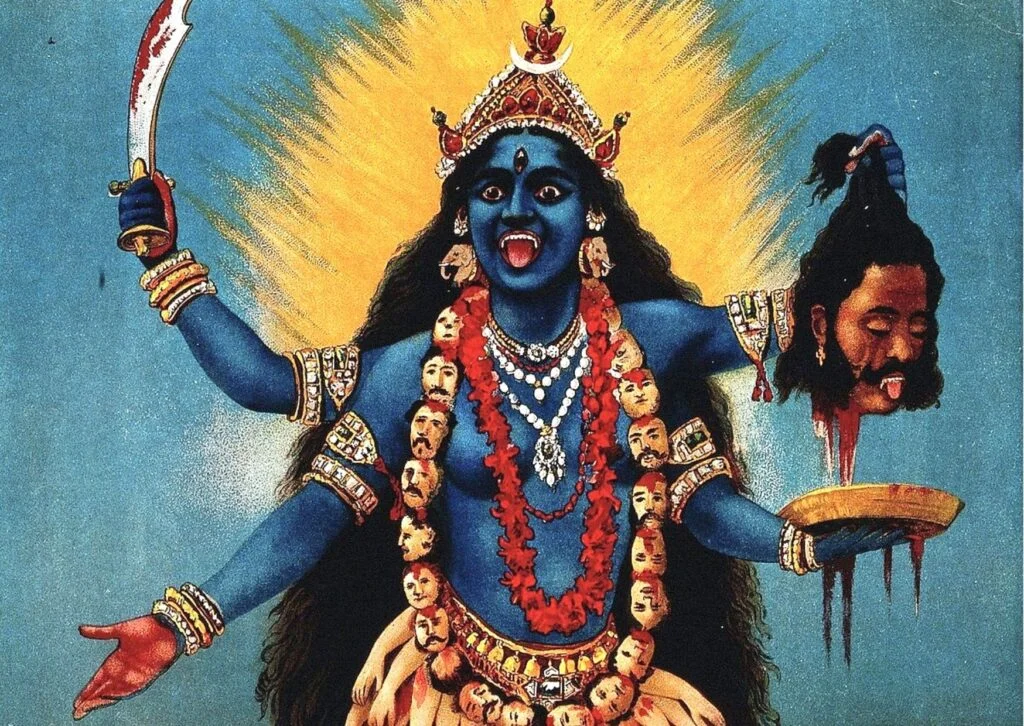
Tara
Devi Tara represents the softer version of Devi, having both Furious and Calm forms. The name Tara means a Star.
So, she symbolizes the spark of life. Being energy personified, seekers invoke her for both material and spiritual purposes. Tara also stands as the deity of love, harmony, unity, purity, beauty, and spirituality.
Also, spiritual seekers invoke her to receive spiritual blessings and to progress on the spiritual path.
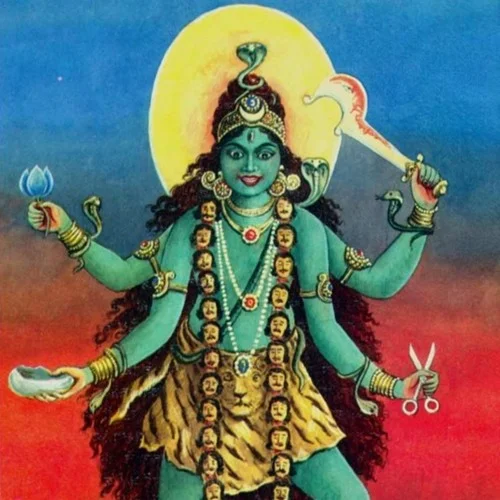
Tripura Sundari
Tripura means the 3 cities. They refer to the 3 Lokas (Bhuh, Bhuvah, Suvah), the 3 worlds (Celestial, Earth, Netherworlds). In a nutshell, she represents the substance that lies beyond the three concrete states of existence.
The latter word of her name, Sundari means Beauty Personified.
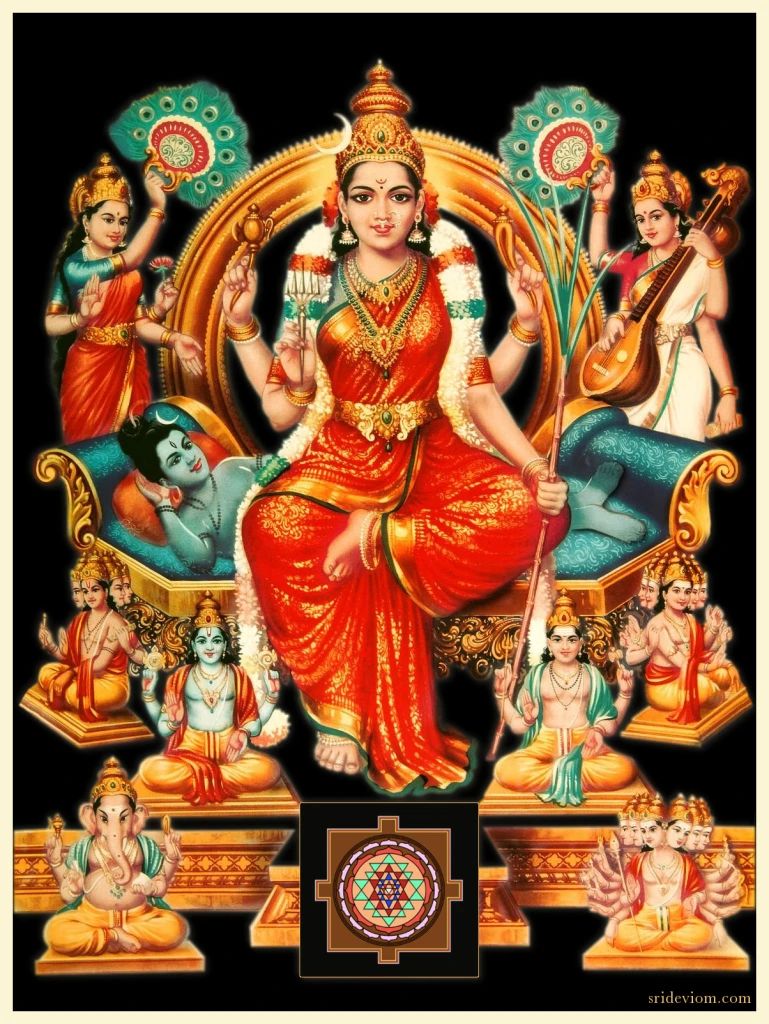
Also, we can regard her as the Goddess of the 3 States of Consciousness, the state of awareness, ignorance, and dreaming, and therefore Tripura Sundari Devi represents the different states of consciousness in a living entity.
Hence, by invoking her, devotees receive clarity of perception to see the reality of things.
By her invocation, the veil of ignorance stands shattered.
Test your Alignment with the Spiritual Subject Matter (only 7 Questions)
The scores generated in this Quiz are relative. There are no right or wrong answers. A percentage toward 100 indicates that you are more aligned with the overall subject matter.
Bhuvaneshwari
Bhuvaneshwari qualifies as the Goddess of the entire Universe (Bhuvan-Universe, Ishwari-Goddess) and so sadhakas recognize her as the proprietor of the Grahas, Solar Systems, Stars, and other celestial objects.
Being a consort of Lord Shiva, an expansion of Parvati Devi, the Controller of the cosmos gave her the responsibility of maintaining the universe, by exercising her female potency.
Here universal presence in the form of Maya Shakti governs the universe.
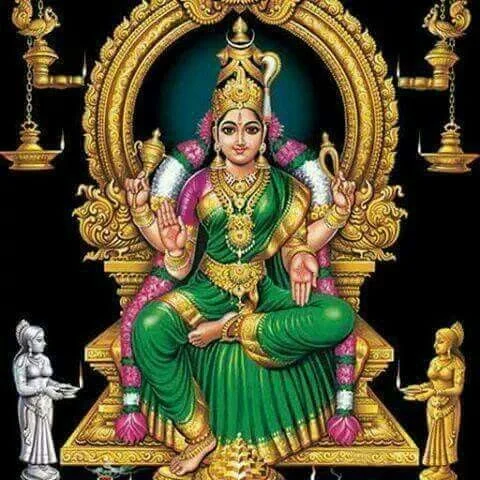
Please watch this video to find out how you can please Mother Kali.
Tripura Bhairavi
Tripura itself means the 3 Worlds and Bhairavi means associated with Tantra.
Goddess Tripura Bhairavi represents the Goddess of the three modes of Tantra Sadhana.
Although a commoner associates Tantra with the Tamasic mode of worship, there are Satvik and Rajasik forms also and so Devi Tripura Bhairavi assumes the (Satvik, Rajasik, and Tamasic) form according to the Will of the Chanter.
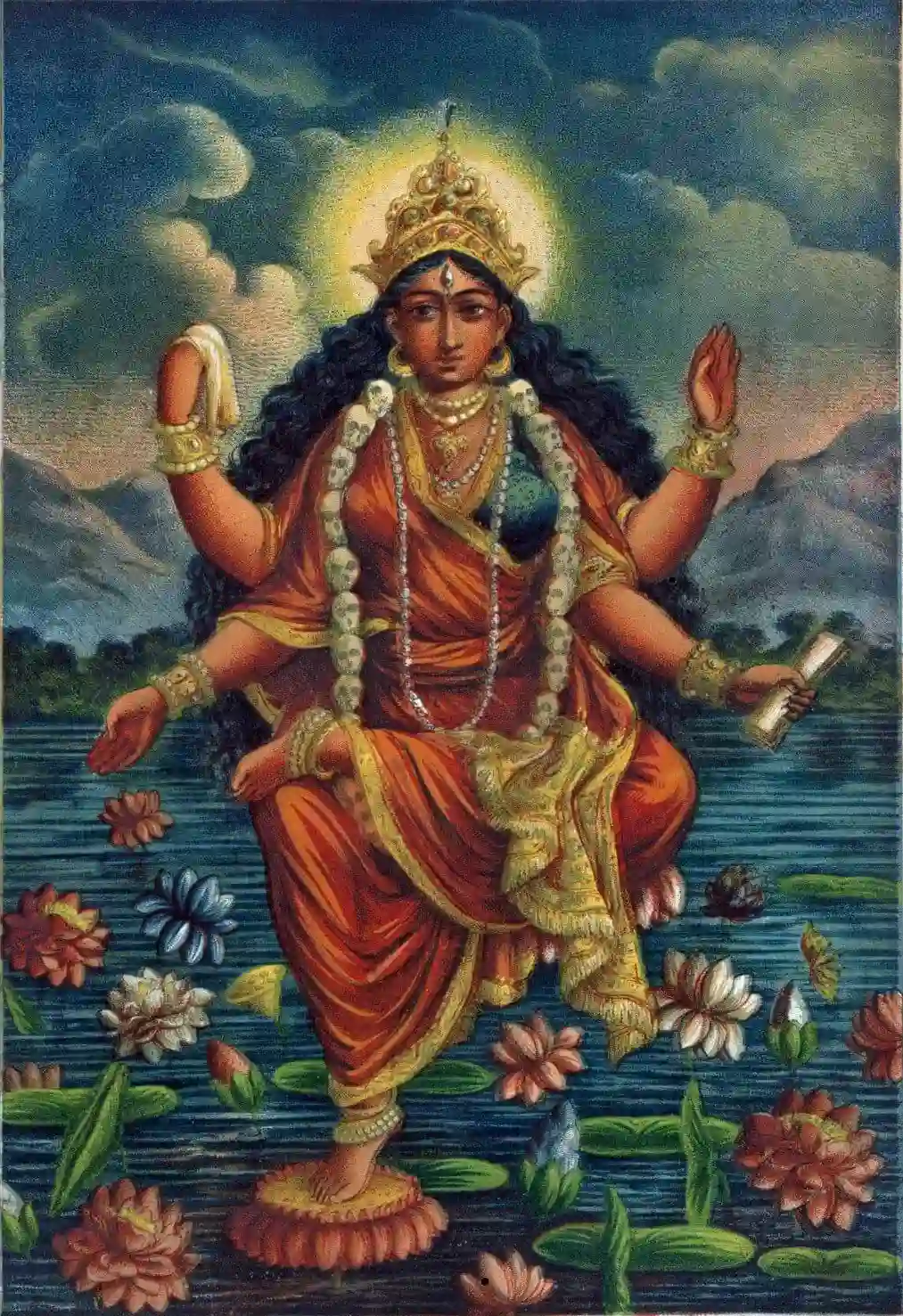
For example, when chanters worship her to attain siddhi of Tantra or Black Magic, she appears in her Ugra Swarupa.
However, if devotees perform Tantra (spiritual practice like puja, Aradhana, Upasana of Devi) regularly in the Satvik mode of worship, she appears in her Saumya Swarupa.
She qualifies as the wish-fulfilling goddess.
Chinnamasta
Her name, Chinnamasta suggests that the Goddess stands without a head and people know her as the giver of intoxication and has many interpretations associated with sexuality, Tantra, and Sacrifice.
She symbolizes destruction (one without a head) and provides for others’ sustenance through her blood.
Although her depictions indicate violence of some sort, she fundamentally represents self-control as she stands over a sexually driven couple. This depiction indicates that she transcends lower tendencies of sexuality.
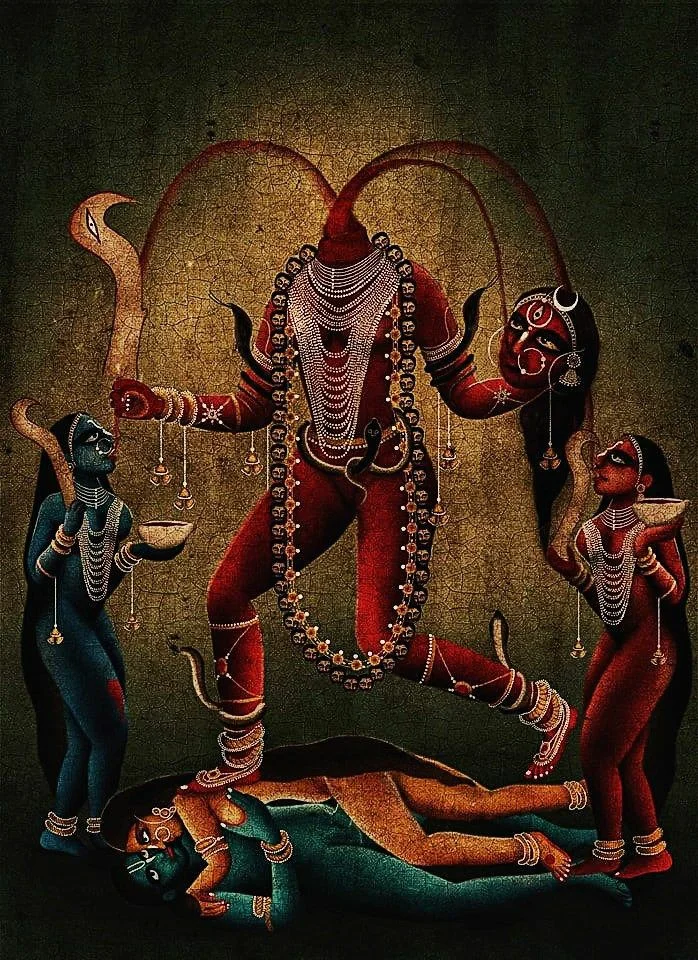
She grants boons for sustenance, as she satisfies the hunger of her associates by spewing her blood because of which people find the furious Goddess very difficult to subdue.
People do not publicly worship her in temples as her mode of worship appears personal and gory. There exist many Buddhist interpretations of this deity, such as Chinnamunda.
Dhoomavati
Dhoomavati represents Smoke Personified, as her name suggests, so Tantriks associate her with extinguished fire, destruction, widows, crows, death, and other symbols of destruction.
The widowed Goddess bears no association with Lord Shiva. She qualifies as the only form of Devi Parvati where Lord Shiva remains absent and represents the dark side of life, a life without a husband, a life without happiness, enveloped in endless smoke.
Her symbolic representation stands as an exemplification of the life of a grievous widow who sits on a crow.
Crow in many ways symbolizes death.
Even when alive, a widow lives life akin to a dead person, so she symbolizes all ill luck, misfortune, sorrow, and loneliness.
Tamasic mode of worship remains the only mode of worship of Dhoomavati.

Tantriks use Liquor, meat, flesh, hair, and other inauspicious articles for their worship. People find her siddhi extremely tough and thus failure or error in the sadhana process can cause a loss of life in Sadhaka’s family also.
She represents a goddess in grief, a goddess in need.
So, if you invoke her incorrectly, she can play havoc due to the pain caused by the practitioner.
Bagalamukhi
She represents a goddess associated with Pitambari, Yellow, and Golden Hue.
People call her the golden goddess as she wears a golden garment covering her golden body. She bedecks herself with ornaments made up of gold and her hands bear a heavy golden club.
Her form symbolizes that she protects her devotees and destroys all contradicting elements because of which doubts vanish when she attains satisfaction, happy by the devotees’ correct invocation.
Wisdom personified, she rides on a Bagula Bird (Heron).
The chanter worshipping Devi Bagalamukhi receives the wealth of wisdom as Devi arrests all misconceptions.
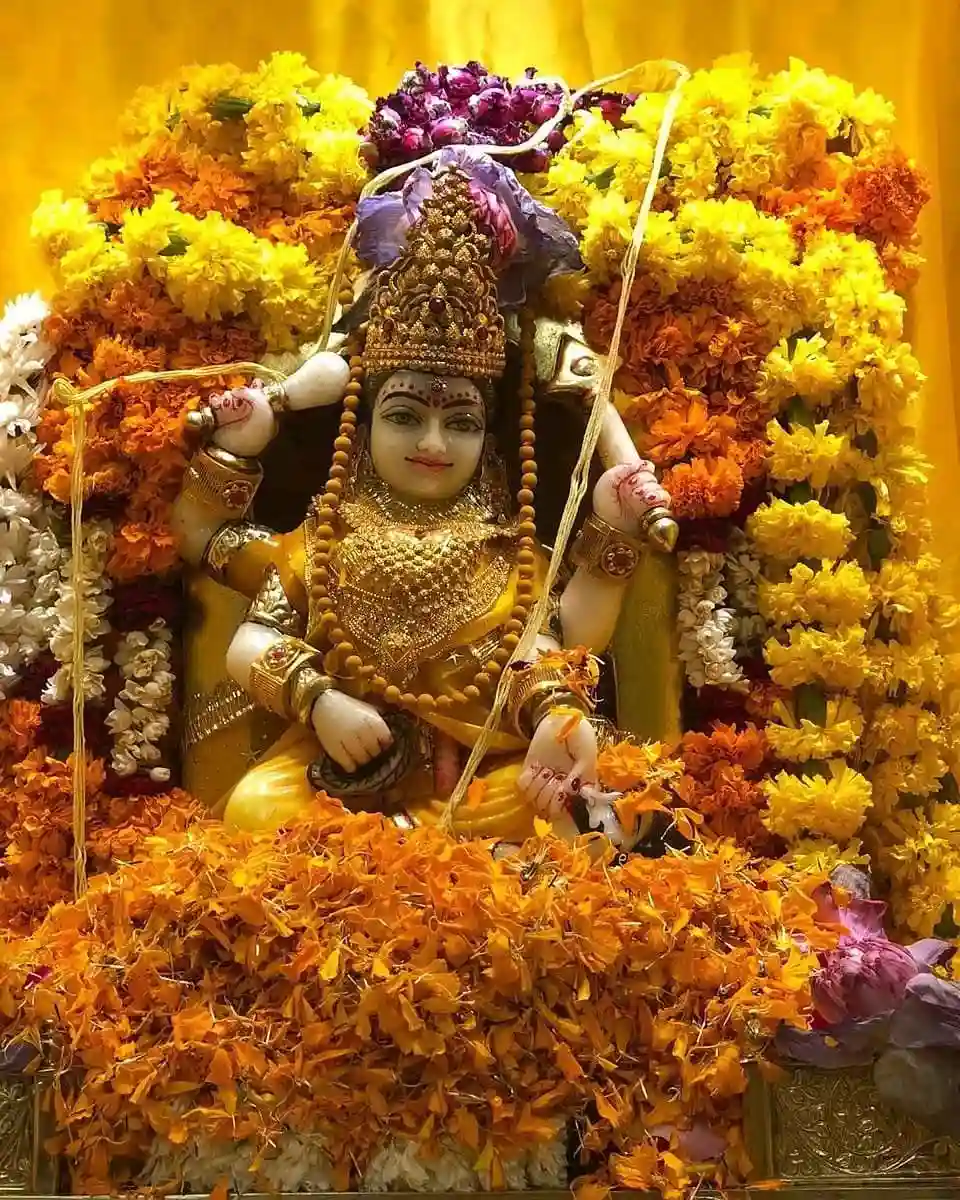
She protects her devotees and smashes his/her opponents. She has material symbolism as the granter of all worldly pleasures and spiritual symbolism as the abductor of all illusion.
Her Sadhana is tough, involving a lot of restrictions and rules therefore erring in the puja process can yield severe damage.
Matangi
She is the consort of Matanga (another form of Lord Shiva). Her form appears dark resembling that of a low-caste woman.
While Saraswati Devi follows the Brahmanical school of thought, Goddess Matangi is regarded as a wild and ecstatic outcast, quite rebellious to the conventional norms.
However, her form remains divine and effulgent and so, the spiritual significance of Devi Matangi is that she is beyond caste, creed, and gender. Devi Matangi represents the imperishability of the soul, beyond the limatiations of body.
Her form represents the spiritual intrinsic identity of every person, be it a woman or a man.
People of both upper and lower castes, especially the peasants, farmers, and tribal communities or rural villages of India worship Devi Matangi without any distinction.
She likes being addressed as the goddess of the lowest beings, thus she accepts whatever people offer her with love. As she symbolizes equality among all beings, she is offered whatever is available.
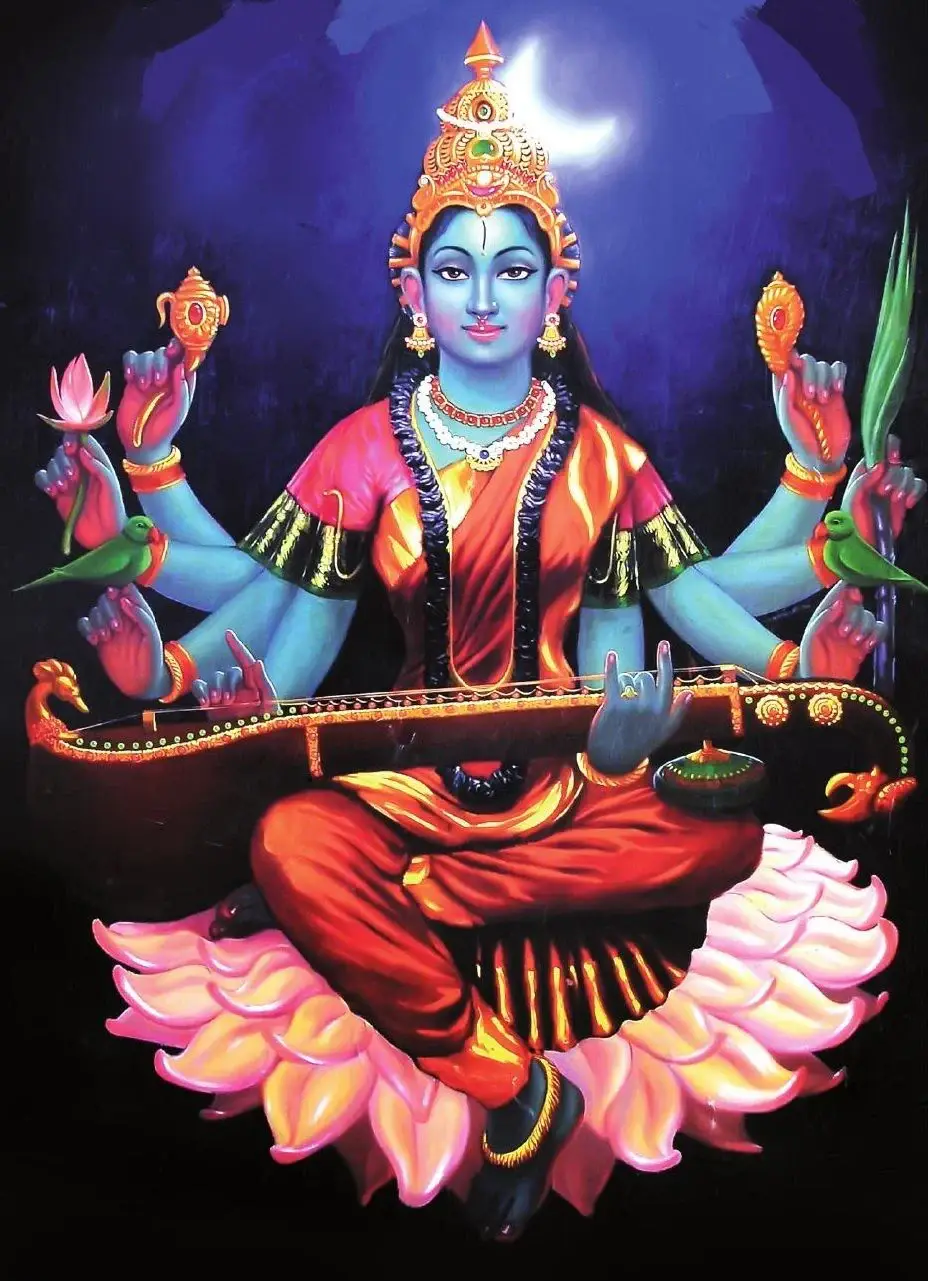
So, people offer her leftover food and other untouchable articles, and she is all accepting. She does not differentiate between pure and impure.
Hence, traditionally people associate her with impurity, pollution, untouchables, and tribes. Some associate Matangi Devi with Lord Ganesha, the elephant-headed god who removes obstacles.
She holds a musical instrument in her hand. Thus, she blesses her devotees with art and the power of speech.
Kamala
She represents the pure sublime form of Devi Parvati, in the Satvik mode of Worship. People know her eternal consort by the name Lord Kamala Bhairava, an expansion of Lord Shiva.
Many devotees know Kamala as an expansion of Srimati Lakshmi Devi.
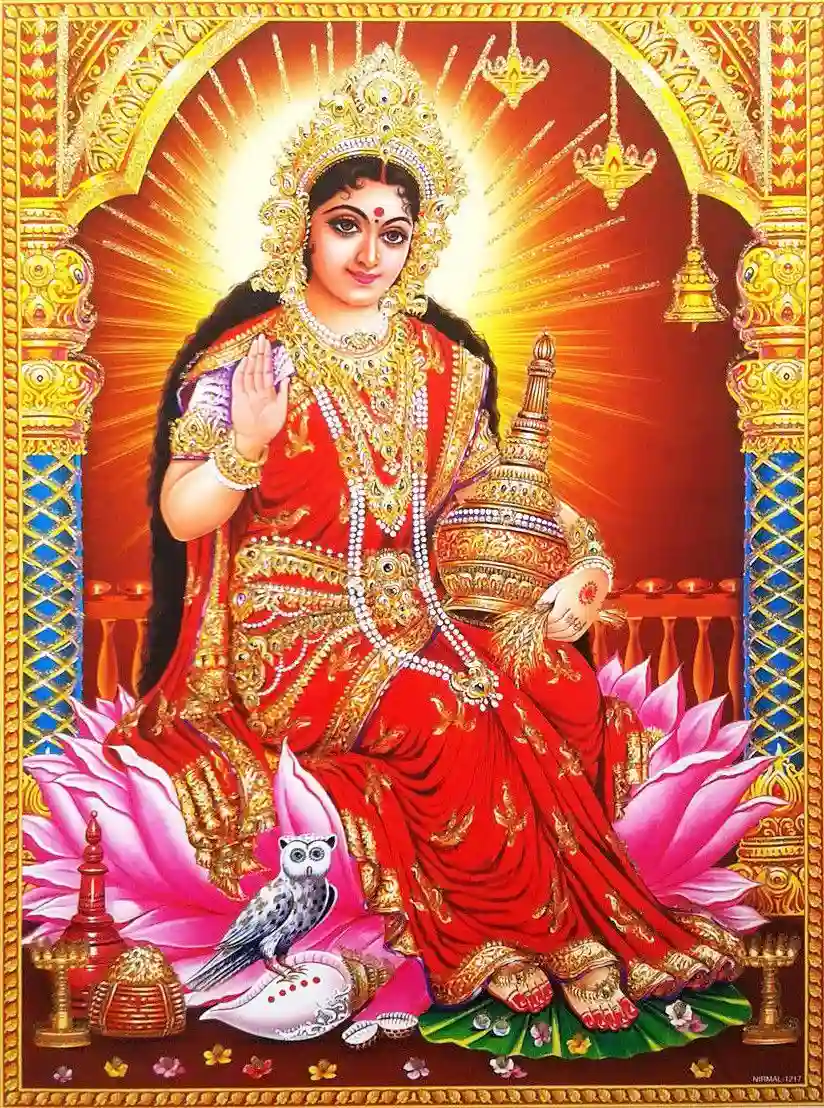
However, in the Linga Purana, there exists a description that Kamala Devi, an expansion of Parvati Devi appears as the daughter of Sage Brighu and Khyati.
That daughter weds Vishnu, in the form of Lakshmi Devi. She qualifies as a Saumya Devi, a fulfiller of all desires, and grants peace. Her form takes care of her devotees.
People sometimes worship her with Lord Vishnu.
Please Like the Blog and Share it for Maximum Reach

